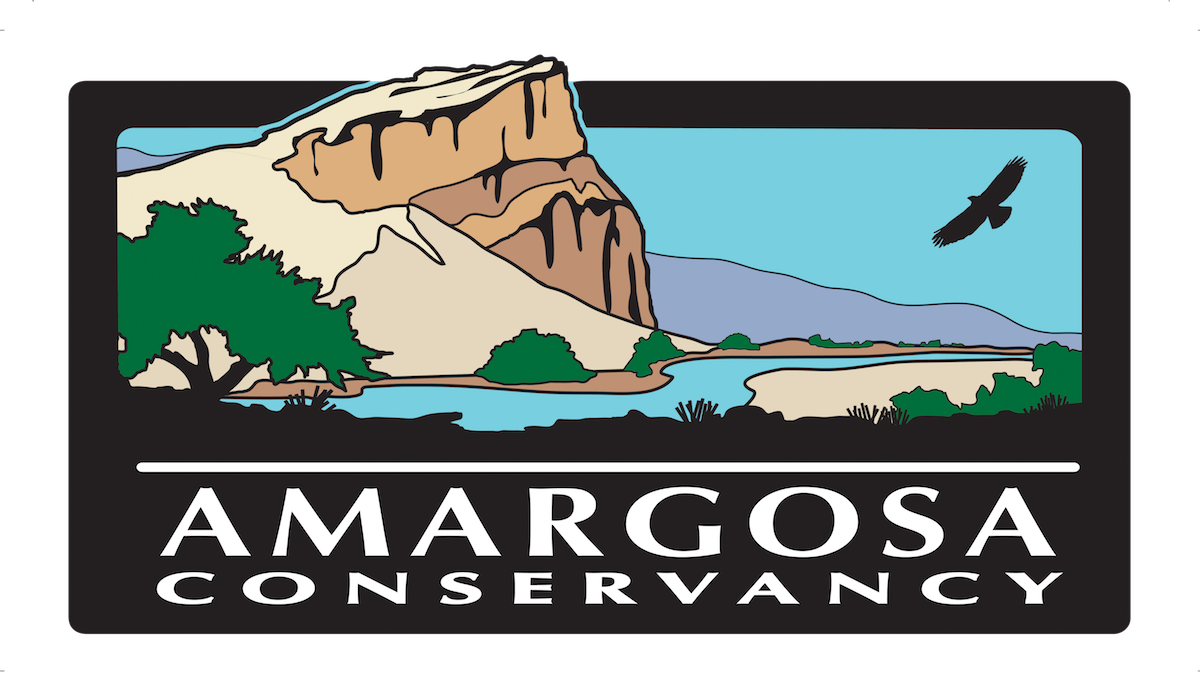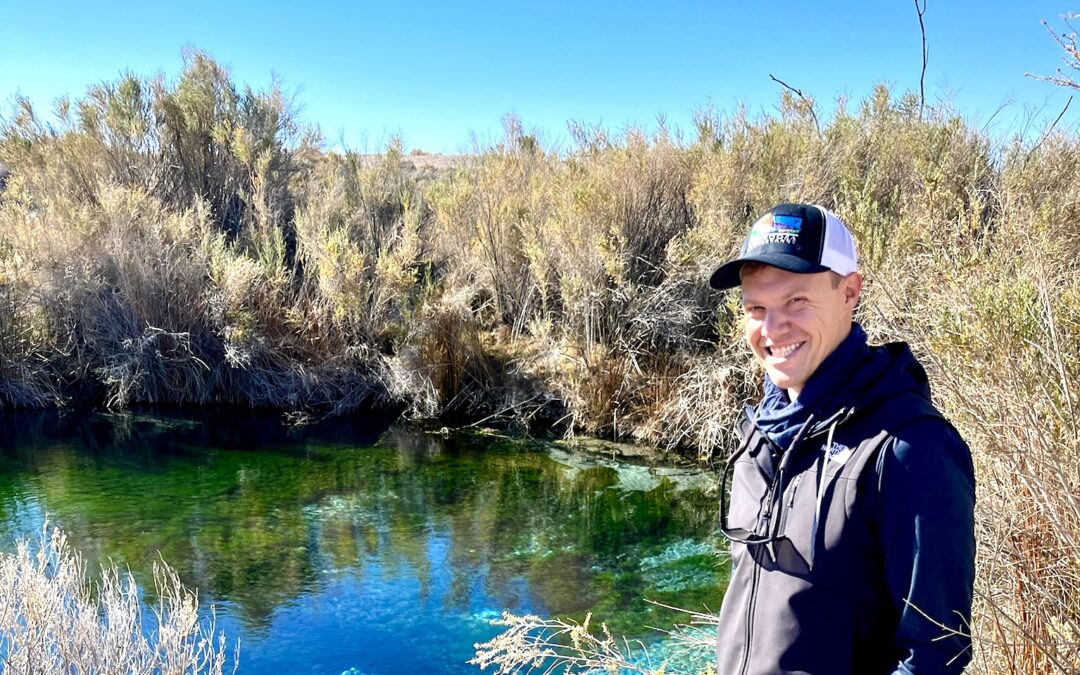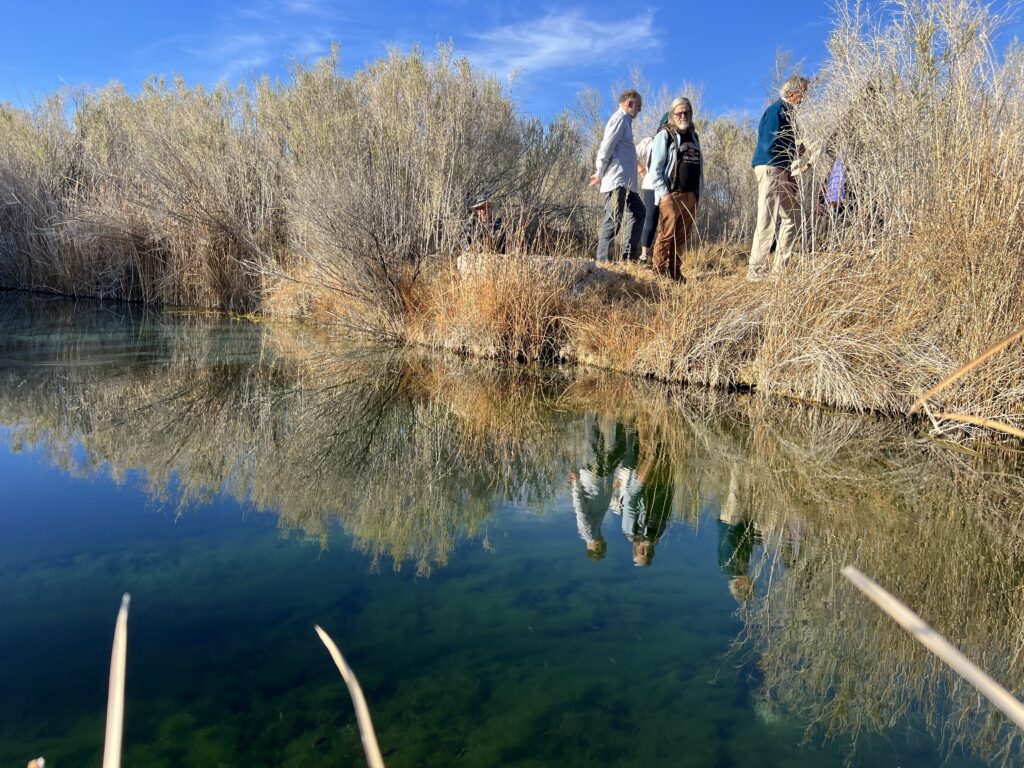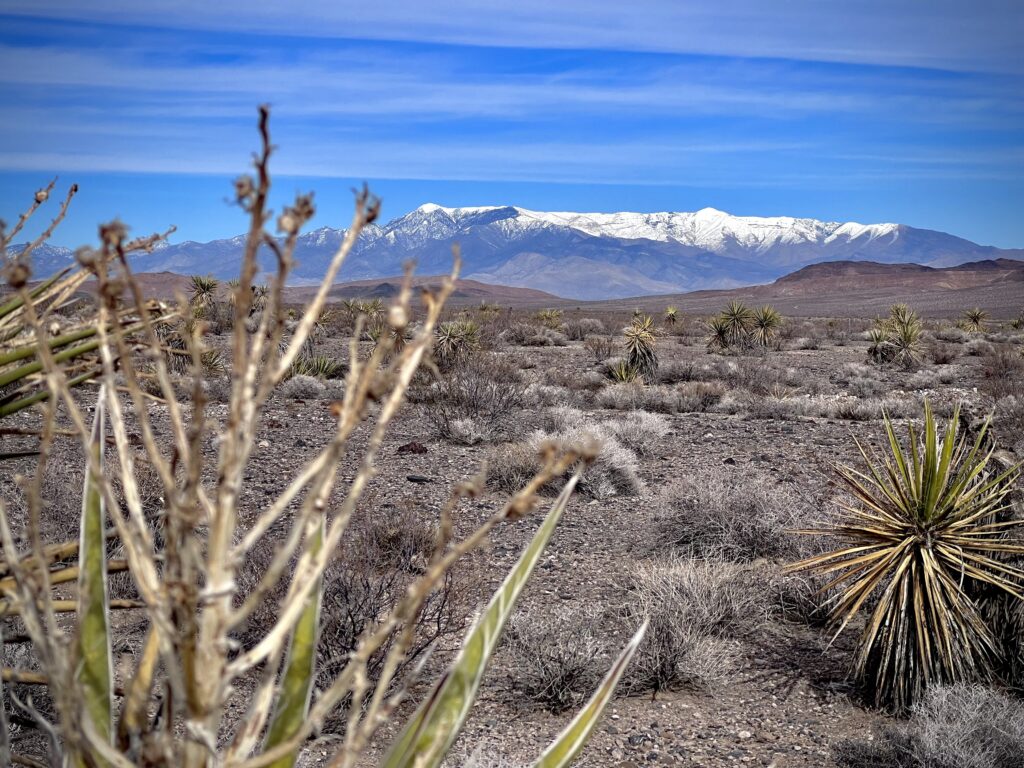Folks, it doesn’t feel like hyberbole to proclaim that our quiet little river is in a state of uproar. Believe me: I wish it wasn’t so.
The phrase I keep turning over in my mind to describe the Amargosa River watershed right now, and especially the Amargosa Desert portion of the watershed in Nevada, is “collision zone.” It feels as though value systems that have been grinding for centuries beneath our feet like ill-fitting tectonic plates are on the verge of slipping, upheaving the landscape as we know it in seismic fashion.
The race to develop lower-carbon energy technology and infrastructure clashes against the crusade to defend biodiversity and ecosystem health. Rallying an urgent response to climate chaos runs roughshod over justice for Indigenous voices and marginalized rural communities. Huge leaps in our scientific understanding slam against the inertia of antiquated and shortsighted laws and myriad regulatory shortcomings. Collisions, collisions, collisions. Certainly, there have been (and always will be) conflicts when public lands and natural resources are concerned, particularly in places like the American West where these commons are so tightly interwoven into the fabric of our economies and our cultures. But these present and yet unfolding collisions over our land, water, and energy in this country feel different. For the Amargosa River, they feel existential.
The latest in the fight to Save Ash Meadows
Let’s talk through some of these collisions. As our members are well aware, Amargosa Conservancy and our partners have been embroiled in a all-out battle for the future of Ash Meadows National Wildlife Refuge in light of threats posed by mining in the region. If you’ve been following the campaign, you’ll recall this all started less than a year ago when a Canadian mining company called Rover Metals attempted to quickly and quietly conduct an exploratory drilling project on the doorstep of the Refuge. We noticed. We fought, our partners fought, the community fought, and we won a temporary victory in getting the project delayed.
We knew even then that this fight was far from over. Rover Metals — now named Rover Critical Minerals — has come back to the table with a new plan of operations for their project. Though some specifics in the project have changed, you know what remains the same? Ash Meadows remains the same dazzling gem on the shoulder of Death Valley National Park. Ash Meadows and the communities remain entirely dependent on groundwater to survive and thrive here. Mining remains a potent threat to all life in a region where scars to the land and water take centuries or millennia to heal, if they heal at all. We remain stalwart in our opposition to this project, and we remain committed to doing everything in our power to see lands surrounding the refuge withdrawn from mining. And we remain in dire need of support from every person who cares about this special place if we are to be successful.
Right now, we are anxiously awaiting the results of a scientific analysis that will be instrumental in defining an area around Ash Meadows that simply needs to be taken off the table when it comes to mining. In the meantime, we continue to appeal to our leaders in Department of the Interior and Congress to take direct and urgent actions toward getting a mineral withdrawal application in motion. This week, we will be sending letters to these leaders supported by 23 local, regional, and national non-profit organizations calling on them to act swiftly for the sake of Ash Meadows. We’re honored to be standing shoulder to shoulder with so many champions of this unique desert oasis, and we hope our decision makers recognize how beloved Ash Meadows truly is from every corner of our nation.
These next few months are going to be a real push, and we’ll be sure to keep everyone in-the-know as the campaign progresses.
AC Board of Directors, on the banks of Fairbanks Spring, Ash Meadows NWR
The future of solar in the American West is beginning to take shape
The long-awaited draft of the Solar Environmental Impact Study to update the Western Solar Plan has arrived. And unfortunately, despite its promise to spare culturally and biologically sensitive landscapes in the West, it looks to paint bullseyes squarely in the Amargosa Desert and Pahrump Valley as focal points for renewable energy development.
This is the first update to the Western Solar Plan since 2012, in which the agency attempted to undertake zoning and planning for BLM-managed lands in California, Nevada, Utah, Arizona, Colorado, and New Mexico. In this update beginning in December 2022, the BLM has added five additional western states including Washington, Oregon, Wyoming, Idaho, and Montana. Our AC board member Chris Clarke wrote an illuminating blog post on this planning process when it was first announced.
The determinations made in this Solar PEIS will dramatically shape the scale and focus areas for solar energy development throughout the Western United States, and especially for Nevada. Due to its high solar potential and abundance of BLM lands, millions of acres of Nevada may be prioritized for future development. There’s so much to consider logistically in a planning project of such scale, and a full complement of ethically important values and consequences to grapple with. There are core questions about how converting millions of acres of public lands — much of which contains currently intact functioning ecosystems — to industrial-scale solar energy will avoid exacerbating biodiversity loss, species extinction, destruction and erasure of cultural landscape values, marginalization of rural communities, stressing already overstressed groundwater basins, and on and on. Collisions, collisions, collisions.
There’s going to be a lot to track throughout this process, but for right now, the most important message I wish to communicate to anyone still reading this blog post is that the public’s involvement will be critical to avoiding the worst outcomes. It’s critical that the Bureau of Land Management, the Department of the Interior, and our delegations see that Nevadans and Americans more broadly deeply care about a just, equitable, and sensible transition to renewable energy. We need to demand good sense and good science in the process if we are to see a good plan and good management on the other side. That happens if, and only if, we as the public show up to participate in the process wherever we’re allowed.
One such opportunity is presently on the table for Southern Nevadans. BLM is holding an open-house public meeting in Las Vegas on Tuesday, February 13th to share more about the Solar PEIS process and future participation opportunities.
We urge our members living in Southern Nevada to attend this meeting, to speak out for the importance of and sensitivity of the Amargosa River watershed, and encourage BLM to exclude the area from solar development. Your presence and voices as Nevadans is crucial to illustrate local and regional interest and concern in how Nevada’s public lands are managed for now and for generations to come. The Amargosa River watershed is part of Nevada’s character and culture. We need to protect it, and the water, for future generations. Please join us in showing up for this beloved landscape at this and future meetings. Learn more and find meeting details here.
A snow-capped Mt. Charleston looms over the Pahrump Valley, where solar energy projects are being prioritized
The Year of the Amargosa
Folks, if it isn’t clear already after just a little over one month in, 2024 is shaping up to be the year of the Amargosa. Many of the decisions and actions taken this year are going to be of such an elemental nature as to dramatically shape the future of the watershed for decades to come. There is so much that we — and here I use the royal “we” to refer to all of us living and working in the region — have to get right to do right by present and future generations of life in the Amargosa River watershed, and beyond. We’ll need to be on our toes, sensitive to the trembling and grinding of tectonic plates that always precedes a seismic shift. If we can lean into these important fights together, showing up and doing everything we can to unify around a set of sensible solutions that leave intact the conditions for life to continue to flourish well beyond the sunset of this era, then by golly I think we can make 2024 a year to remember. I look forward to standing shoulder to shoulder with many of you in the weeks and months to come.
Onward,
Mason Voehl



